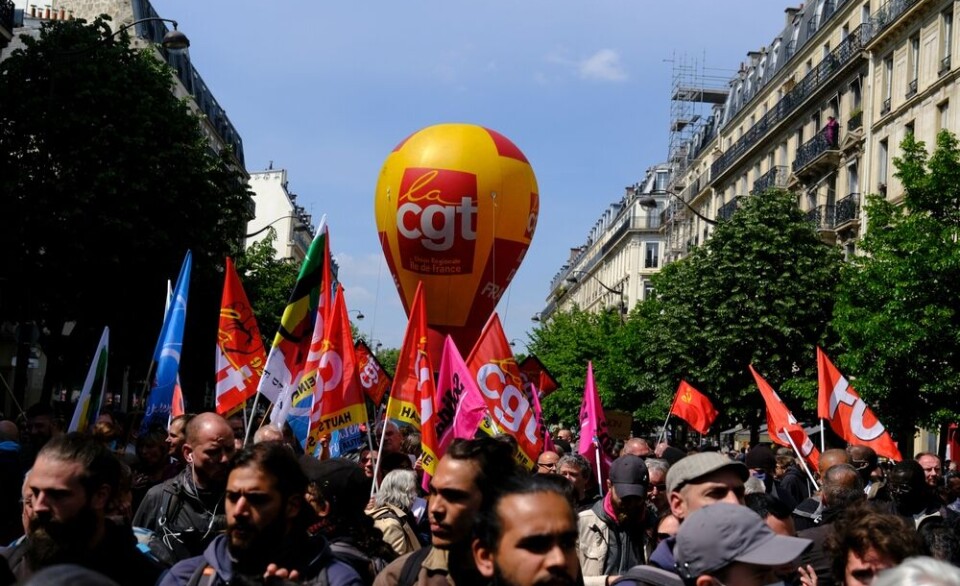-
Storm Nuria to hit France: Gales of up to 140 km/h forecast
The south and much of the south-west will be impacted
-
100 more supermarkets in south of France are to rebrand to Carrefour
Stores impacted are small convenience shops in the centre of cities or smaller supermarkets in rural towns or villages
-
Why facts of British couple’s deaths in south of France are slow to emerge
The investigation highlights stark differences in procedures between France, UK and US
MAP: where are water restrictions now in place in France?
We look at the departments which are subject to warnings, alerts, reinforced alerts and crisis-level restrictions
After a very dry winter and spring and the June early heatwave, much of France is currently under drought warnings and/or alerts, which means water restrictions for residents.
When drought alerts are in place, the level of restriction will vary depending on the commune.
We take a look at the departments where warnings and alerts are currently imposed.
This map gives a general overview of the areas where water supplies are most threatened, with green departments not under any warning or alert, and the others classed from light to dark orange according to the seriousness of the situation.
However, in reality, restrictions often do not cover a whole department, so the maps below reflect area variations in greater detail.
Read more: Drought alerts now expected for almost all departments in France
1. Departments under vigilance warnings
‘Vigilance’ (‘warning’) is the lowest level of drought restriction in France and involves raising awareness and encouraging individuals to reduce their water usage.
The map below reflects the departments which are largely or completely covered by a vigilance warning.
You can find out further information about your commune on the government’s Propluvia drought alert website.
2. Departments underalerte-level restrictions
Water restrictions begin to be imposed from ‘alert’ (‘alerte’) level, which imposes limits on the amount of water which can be used for farming and for watering green spaces such as golf courses.
Residents will be required to reduce the amount of water they use to fill swimming pools, wash cars and water their garden among other actions.
Farmers will have to reduce their water usage by up to 50% (or stop using it for up to three days a week).
The map below reflects the departments in which there are alertes are in place, although the restrictions will not necessarily cover the whole area. Further details can be found on Propluvia.
3. Departments underalerte renforcée-level restrictions
The next level of restrictions is ‘reinforced alert’ (‘alerte renforcée’), which tightens the above limitations and could also lead to some usages being temporarily banned.
Farmers must reduce their water usage by at least 50% or stop using it for 3.5 days each week.
The map below reflects the French departments in which there is at least one reinforced alert in place, perhaps in conjunction with lower level alertes.
4. Departments undercrise-levelrestrictions
The final restriction level is ‘crisis’ (‘crise’), under which water may only be used for essential reasons such as drinking, cooking or washing.
Below is a map showing the departments where some areas are under crisis-level restrictions already.
Please note that this information is correct as of June 30, 2022, and the situation is likely to evolve.
Related articles
Almost 1,000 hectares destroyed in wildfire in southern France
France’s official average temperature rises by 0.4C after review
10 departments in eastern France on alert for violent storms
























